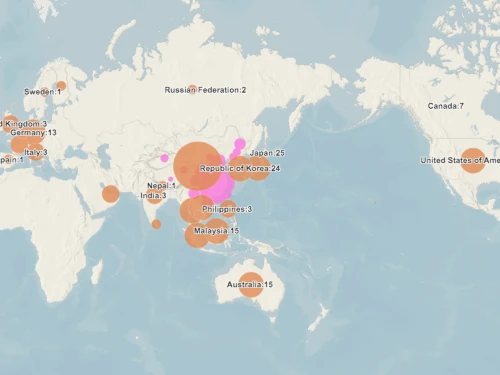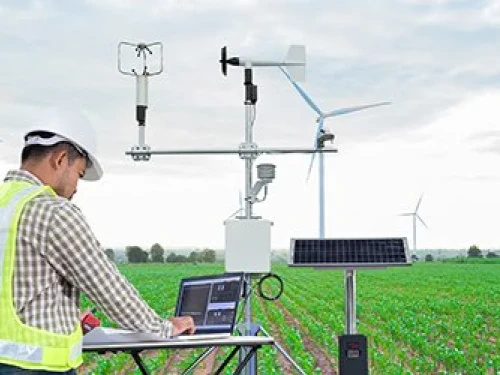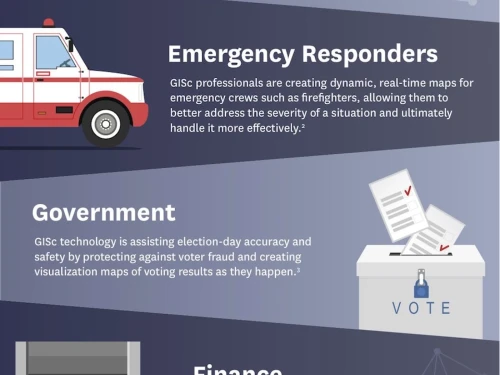geographic information science
Related Blog Posts
If you’re researching either geographic information systems or geographic information science, it can sometimes be difficult to distinguish one from the other. Although geographic information science is often confused with geographic information systems, and the two terms are closely related, they are not perfectly interchangeable.1
Discover how mapping coronavirus transmission can prevent outbreaks in countries outside of mainland China.
Geographic information science (GISc) is a broadly applicable degree that can be used in many fields around the world, including healthcare, climatology, urban development, national parks and more.1 Working in GISc could take you to places as different as a laboratory or the deep wilderness. For example, you might use the skills you have learned to protect the environment, study volcanic activity in other areas of the world, or support the homeless population in your city.2 If you have an analytical mind and are good at visualizing information, you can use GISc technology to tell stories that help others and better understand and serve the world around you in countless different ways.
Geographical information systems (GIS) are the backbone for geographical science and all its related fields. Modern geography uses sophisticated, highly specialized technology to gather, analyze and report on data about positions on Earth’s surface.1
If you want to understand the world around you — literally — there is no better way than by studying geographical science. This field uses technology to answer important questions about our world: Why are different places the way they are? What is the relationship between people and where they live? How can we best take care of our planet and its unique natural characteristics?1
The growing field of geographic information systems (GIS) has opened up a range of career possibilities for people who are fascinated with data and who want a fulfilling career that addresses pressing real-world problems, and this includes GIS analysts.
Geographic information science (GISc) has numerous applications in fields ranging from emergency response and agriculture to finance and real estate, and with GISc jobs set to increase by 14% by 2026,1 a master’s in GISc and a solid understanding of how to apply geographic information systems (GIS) could be what sets you apart in this growing field.
Although various fields of science may differ in how they use the word, a “biome” can generally be defined as a geographically large ecosystem with a shared physical climate. Earth’s biomes can be classified broadly into two overarching categories, terrestrial and aquatic. These are further divided based on climate and on the dominant plants and animals that have evolved to thrive in their specific environmental conditions.
Human activity has had an effect on the environment for thousands of years, from the time of our very earliest ancestors. Since Homo sapiens first walked the earth, we have been modifying the environment around us through agriculture, travel and eventually through urbanization and commercial networks. At this point in earth’s physical history, our impact on the environment is so substantial that scientists believe “pristine nature,” or ecosystems untouched by human intervention, no longer exist.1
There’s an old adage nearly everyone’s heard: “Work a job you love, and you’ll never work a day in your life.” As true as this sentiment may be, the facts about employment suggest that a majority of people are not working jobs they love. In fact, far from it.










